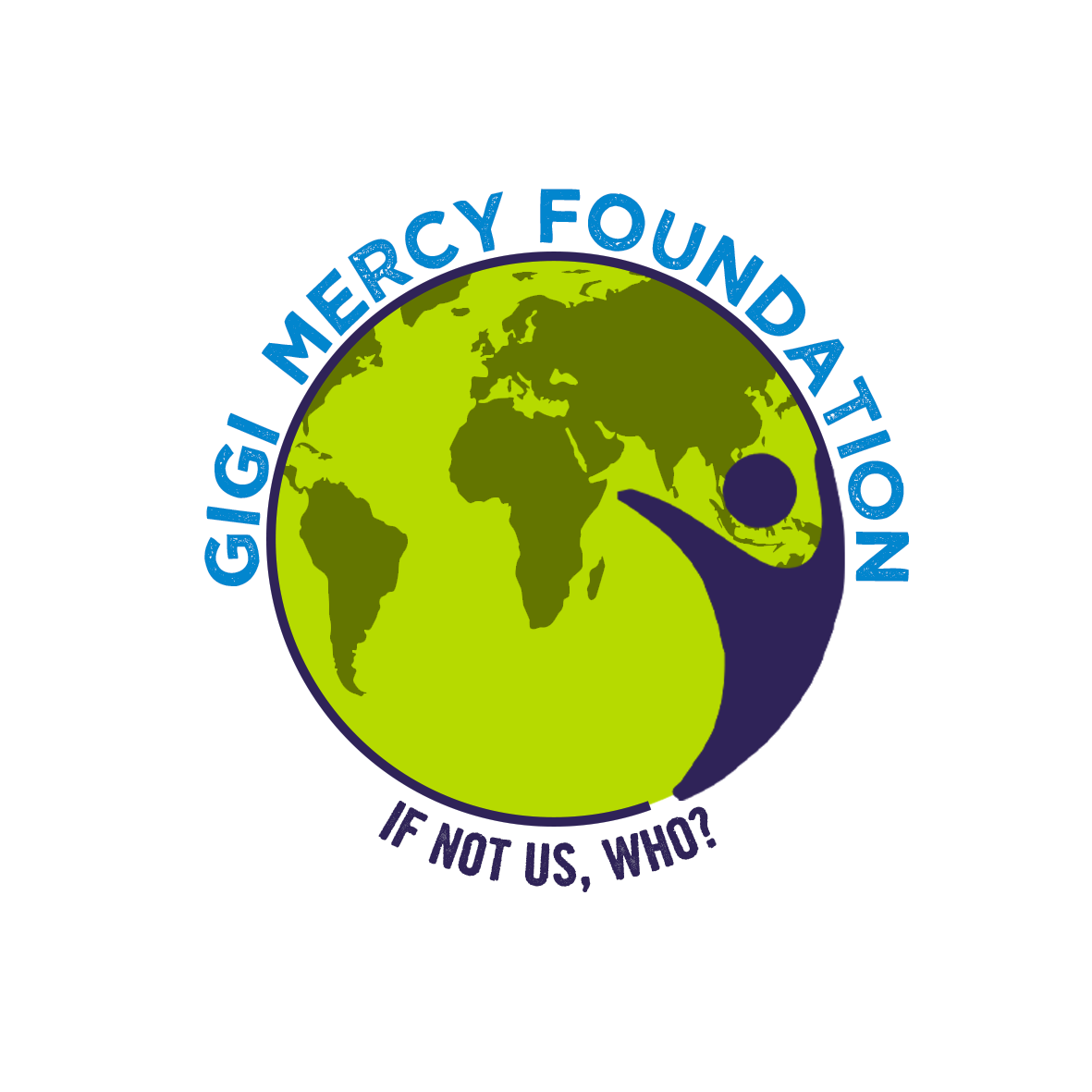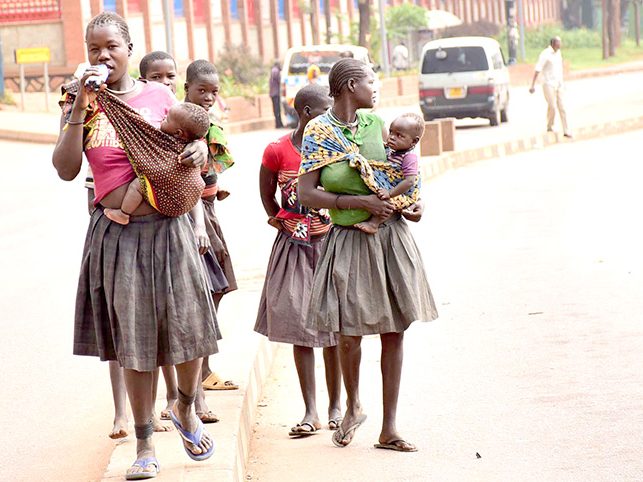In Karamoja, one of Uganda’s poorest regions, anxious mothers clutch bone-thin infants in a malnutrition ward, terrified their child could be the next to succumb to starvation.
One of Maria Logiel’s youngsters, too weak to sit up, bears telltale skin lesions caused by extreme hunger. The other, strapped to her back, stares gauntly from sunken eyes.
“I came with these two because they were badly off, and going to die,” Logiel told AFP at a hospital in Karamoja, a vast and isolated northeastern border region afflicted by drought, disease, and armed bands. “(But) I left two others home, and I worry that by the time I get back, they’ll be no more,” the 30-year-old mother said.
More than half a million people are going hungry in Karamoja, approximately 40 percent of the population of this neglected, long-suffering rural region between South Sudan and Kenya.
Natural disasters, plagues of locusts and armyworms, and raids by heavily armed cattle thieves have left little to eat.
As food has become ever more scarce, Karamoja’s most vulnerable residents are struggling to survive.
“In three months we have lost more than 25 children under five due to malnutrition,” said Doctor Sharif Nalibe, the district health officer in Kaabong, one of Karamoja’s worst-hit districts. “And these were the ones under our care, but (who) were brought at the last minute to the hospital. But there are many who die and (are) not reported in the communities.”
Starvation in Karamoja is going largely unnoticed as higher-profile crises, including looming famine in the Horn of Africa, and the war in Ukraine, compel global attention.
Even in Uganda, the desperation is out of sight, unfolding 500 kilometers (310 miles) from the capital, Kampala, in a part of the country long written off as harsh and volatile.
Across the region, about 91,600 children and 9,500 pregnant or breastfeeding women are suffering from acute malnutrition and need treatment, according to the latest assessment by humanitarian agencies.
“In terms of acute malnutrition … this year we have experienced the worst that we have had in the last 10 years,” said Alex Mokori, a nutrition specialist from UNICEF, which is screening for malnutrition in Karamoja with local authorities.
Logiel said she resorted to foraging to put food on the table, but the wild plants often made her children sicker.
In desperation, she would sometimes buy the mealy dregs from a popular locally made sorghum brew called “malwa”, even if the effect was mildly alcoholic.
Half a litre of this residue goes for about 40 US cents – often more than she could afford.
“Often we failed to raise money and the children sleep hungry,” Logiel said.
With a porous border and thriving illicit trade, Karamoja has endured decades of tit-for-tat armed cattle raids between nomadic clans that wander the lawless frontier between Uganda, South Sudan, and Kenya.
These incursions make life even harder for Karimojong communities entirely reliant on livestock and crops to survive, and government interventions to disarm rustlers have not stopped the cycles of violence.
The erratic effects of a changing climate – Karamoja is experiencing harsh drought, but last year witnessed damaging floods and landslides – have only multiplied the hardships bearing down on the region


